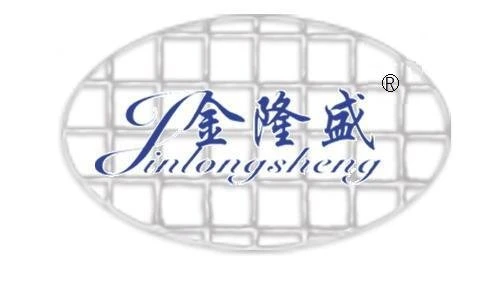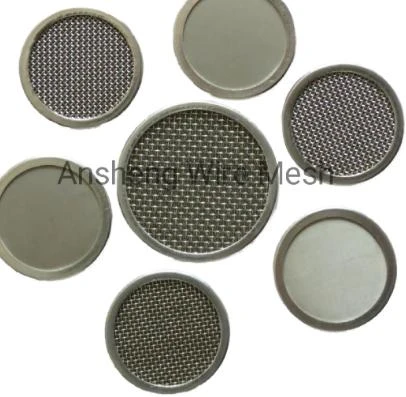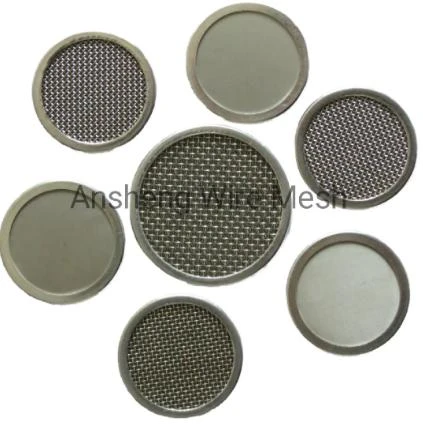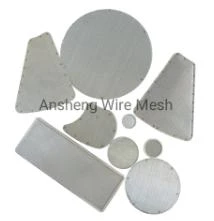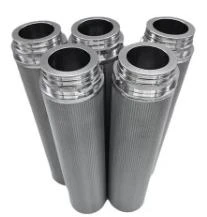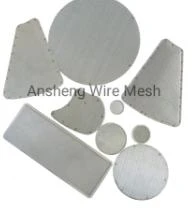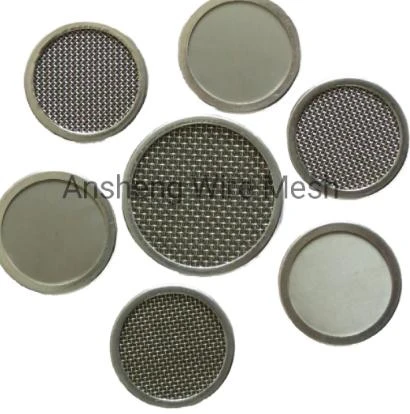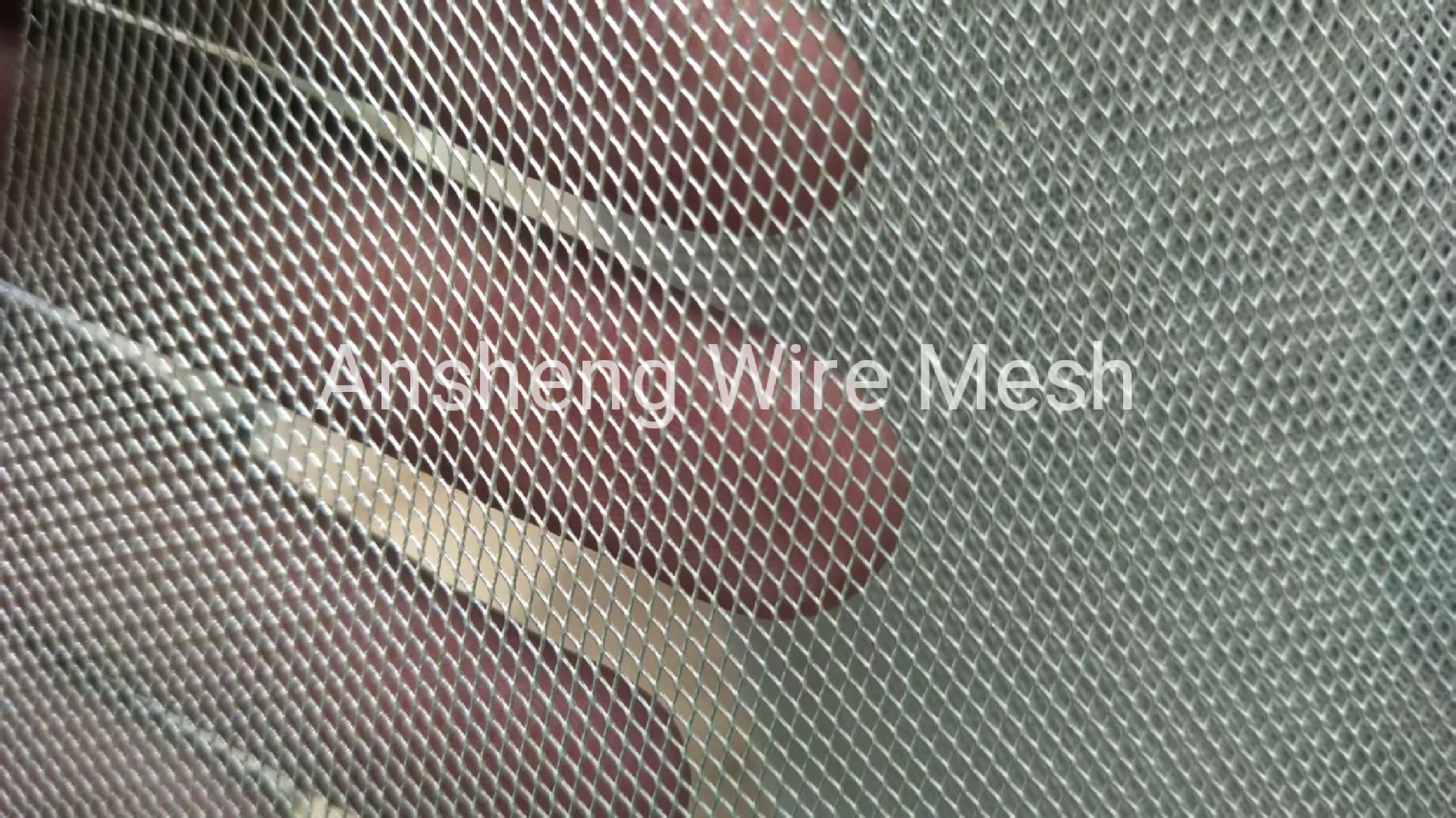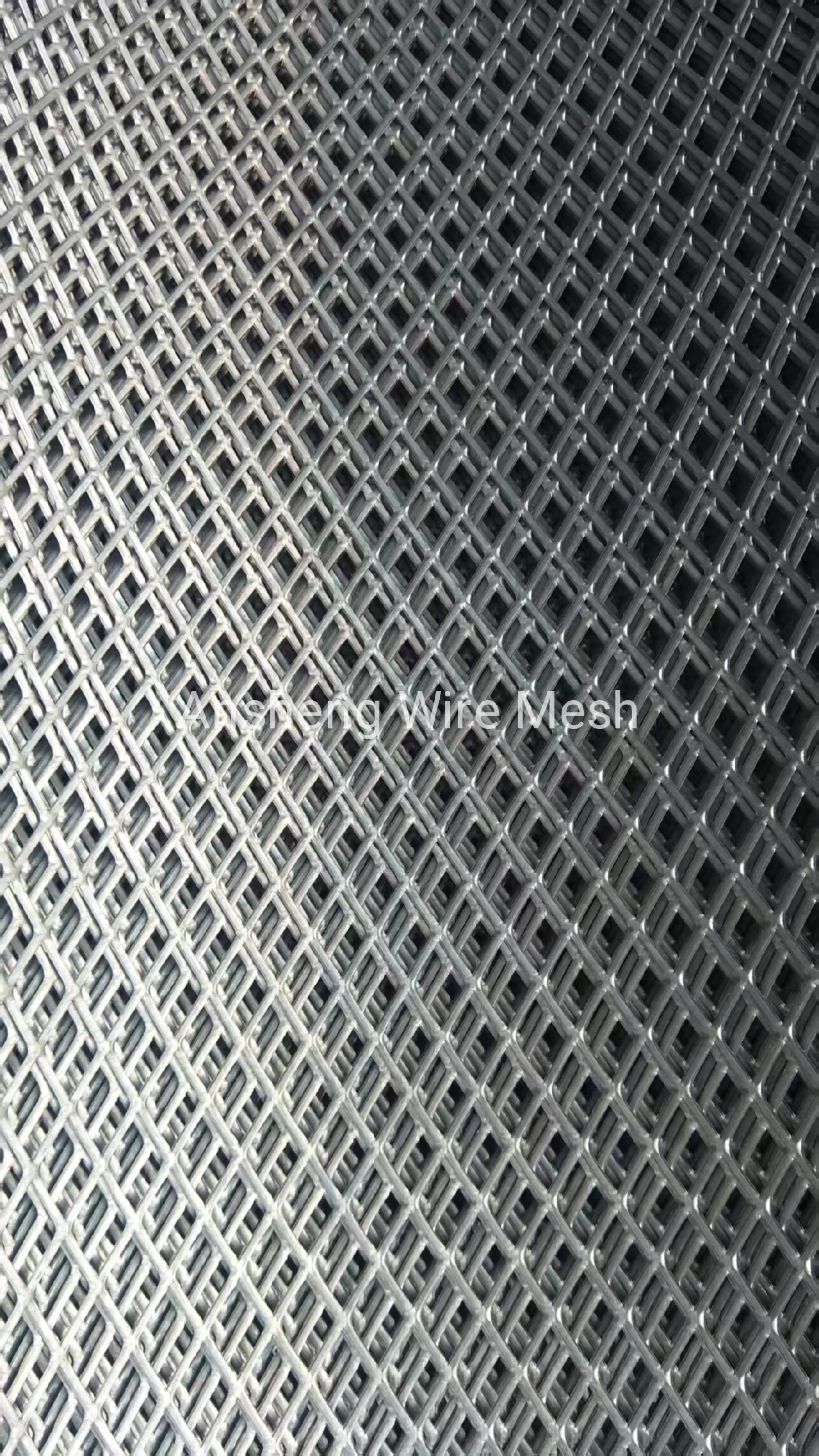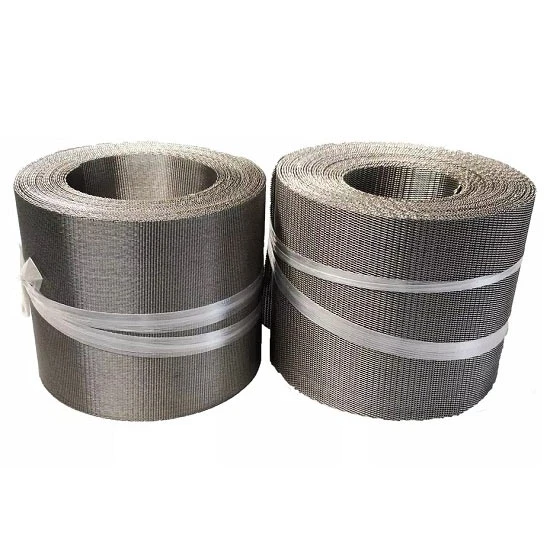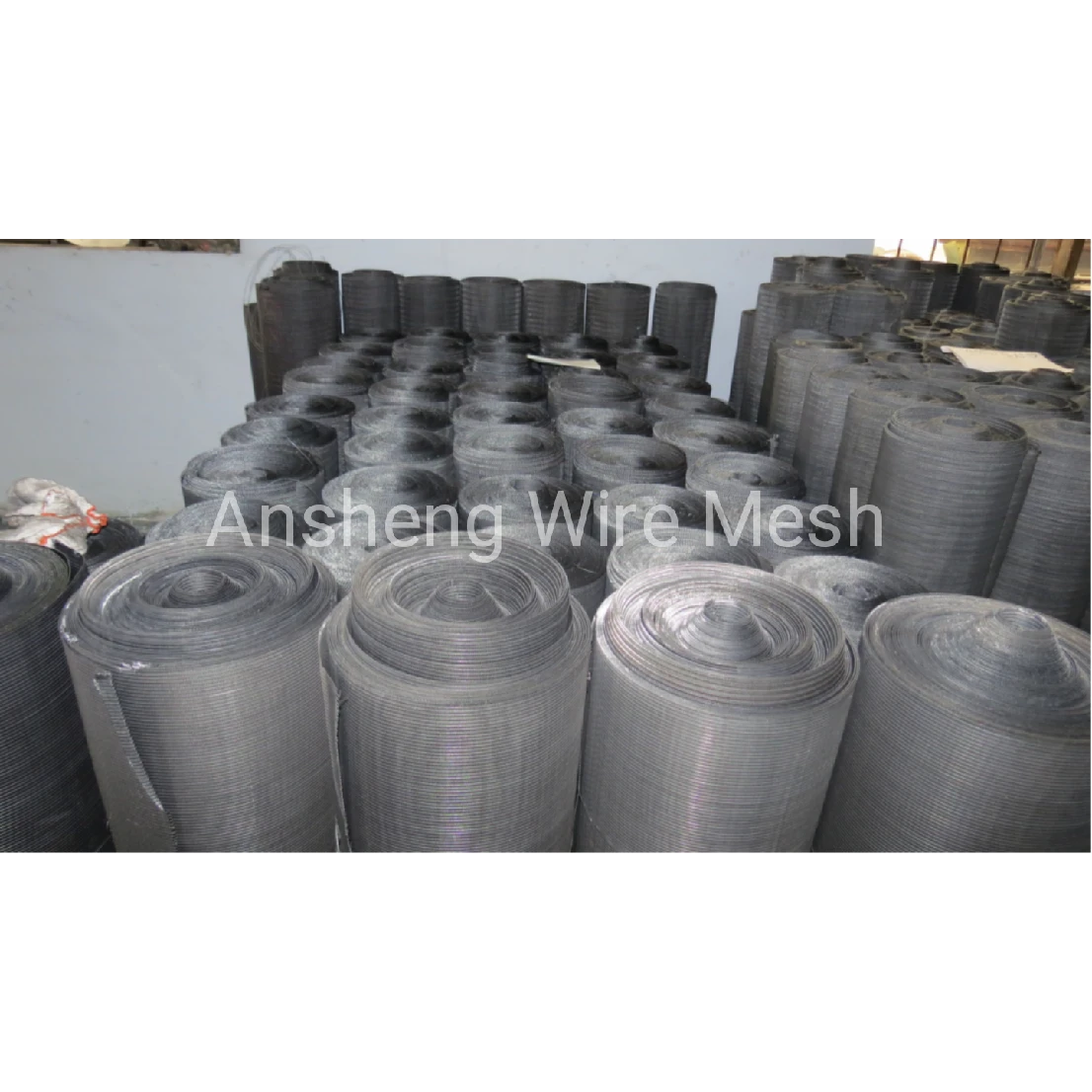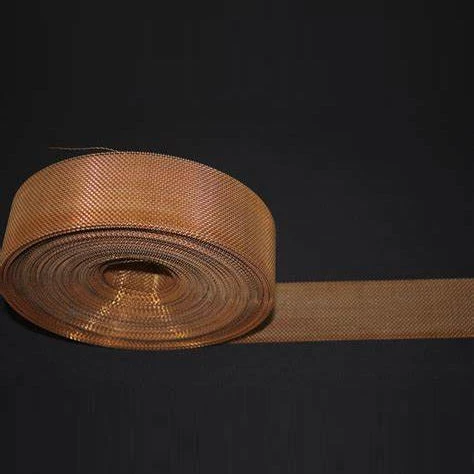- Introduction to iron mesh
and its pivotal role in modern architecture - Technical specifications and standout advantages of iron mesh
- In-depth comparison of leading manufacturers, featuring a data-driven table
- Customization solutions for various applications and project requirements
- Real-life application cases highlighting practicality and diversity
- Maintenance, longevity, and sustainability aspects
- Conclusion: The future of iron mesh in architectural and industrial sectors
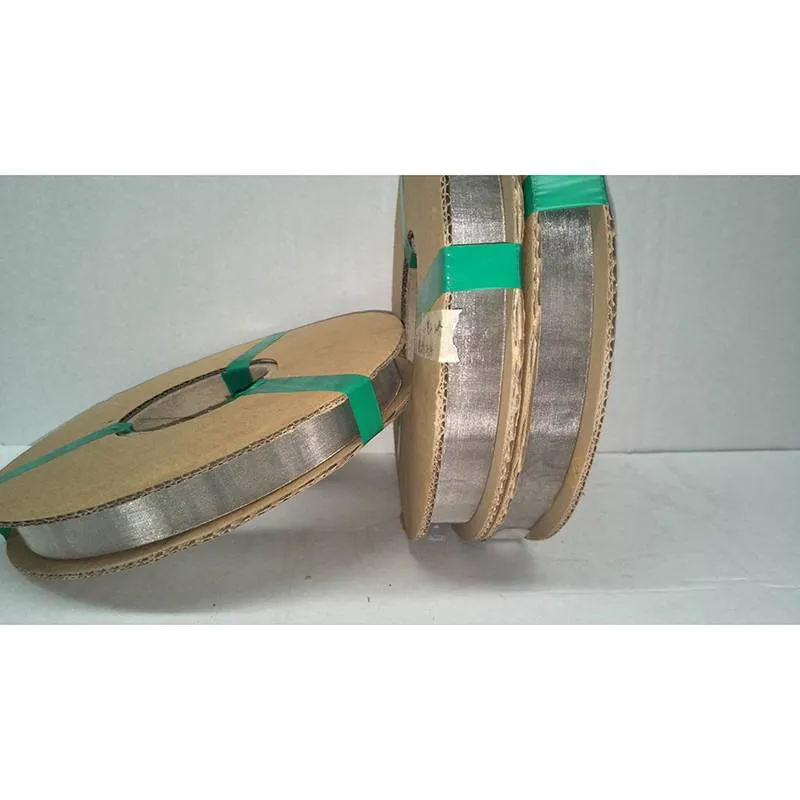
(iron mesh)
Iron Mesh: The Backbone of Modern Architectural Protection
Over the decades, iron mesh has transformed from a simple protective layer to a fundamental component in contemporary design, security, and industrial solutions. Its robust composition, adaptability, and broad usage—from window iron mesh in residential buildings to welded iron mesh for high-security installations—have made it indispensable. With the surge in urban density and the pressing need for safer, more durable infrastructures, architects and engineers increasingly rely on iron mesh products for their reliability and design flexibility. According to recent market analytics, the global wire mesh market was valued at approximately $16.6 billion in 2023, and iron mesh remains a major contributor to this growth—accounting for nearly 28% of total shipments. As urban spaces demand greater aesthetics alongside security, iron welded mesh and window iron mesh stand out for marrying structural strength with visual appeal.
Technical Highlights & Data-Driven Advantages
The multifaceted utility of iron mesh rests upon its technical features and manufacturing advancements. Leading types include standard woven, welded iron mesh, and expanded sheet forms, each delivering distinct benefits for diverse requirements. Iron welded mesh, for example, is manufactured by electronically welding intersecting wires at right angles, resulting in higher rigidity and load-bearing capacity compared to woven alternatives.
Key advantages of using iron mesh include:
- High Tensile Strength: Iron mesh typically offers tensile strengths upwards of 450 MPa, making it suitable for both structural and protective uses.
- Corrosion Resistance: Galvanized and PVC-coated options extend service life in harsh environments, showing almost 2x the durability in salt-spray tests versus untreated steel mesh.
- Versatility: Widely used as window iron mesh to ensure ventilation and security, or as welded iron mesh in infrastructure for reinforcing concrete, fencing, or machine guarding.
- Customizability: Mesh openings can be tailored from ultra-fine (down to 1 mm) to heavy-duty (over 50 mm) specifications, accommodating a vast range of applications.
Leading Manufacturers: Side-by-Side Data Comparison
Choosing the right supplier is pivotal, especially when long-term performance and cost-effectiveness are at stake. The following table contrasts three top manufacturers of welded iron mesh and related products, focusing on quality certification, standard mesh sheet size, custom capacity, and warranty.
| Manufacturer | Product Range | Certifications | Sheet Size Options | Customization | Warranty | Annual Output (tons) |
|---|---|---|---|---|---|---|
| IronGuard Solutions Inc. | Welded, Window Mesh, Expanded Mesh | ISO 9001, CE | 1x2m, 1.5x3m, Custom | Yes (Laser Cut, Coatings) | 15 years | 38,000 |
| MeshMasters Ltd. | Iron Welded Mesh, Stainless, PVC | ISO 14001, SGS | 1x2m, 1x3m | Limited (Color, Size) | 10 years | 27,500 |
| SecureNet Manufacturing | Window Iron Mesh, Reinforcement Mesh | ISO 9001 | 2x3m, Custom | Extensive (Pattern, Thickness) | 12 years | 41,000 |
This comparative data accentuates not just the versatility of iron mesh manufacturers but also their focus on robust warranties, comprehensive product lines, and rigorous certification. IronGuard Solutions and SecureNet Manufacturing, for instance, lead with the highest capacity for custom designs, crucial for projects with unique security or design constraints.
Customization Solutions for Advanced Applications
Every project comes with its own set of technical needs and aesthetic preferences. For this reason, the ability to tailor window iron mesh or welded variants is often non-negotiable. Customization can include mesh aperture size, wire diameter, sheet dimensions, surface treatments (galvanizing or powder-coated finishes), and even color matching with architectural palettes. High-rise residences increasingly specify micro-mesh for insect control and child safety, while commercial and industrial installations often demand large-form panels and enhanced corrosion protection for perimeter fencing or machinery enclosures. Some manufacturers also now offer anti-bacterial coatings or advanced layering to further boost the mesh’s utility in healthcare or food processing environments. Few construction materials can match the combination of safety, transparency, and adaptability delivered by customized iron mesh products.
Iron Mesh in Action: Spotlight on Real-World Applications
Global infrastructure projects continually showcase the depth and range of iron mesh uses. In residential sectors across Europe, window iron mesh has become a prescriptive element in building codes for multi-story complexes, mitigating security risks while allowing for natural air circulation—reducing air conditioning costs by up to 18%. In industrial zones in North America, welded iron mesh forms the backbone of fencing solutions able to withstand direct impacts up to 1,200 N, a notable improvement over traditional chain-link fences rated at 800 N. A notable case study in Qatar involved the installation of over 160,000 square meters of welded iron mesh panels for perimeter defense at a major logistics hub, resulting in a reported 24% decrease in maintenance spending due to the mesh’s extended lifecycle and resistance to coastal corrosion.
In public infrastructure, railway authorities increasingly prefer iron mesh for track enclosures, noting a 32% reduction in trespassing incidents and a significant improvement in overall safety metrics.
Maintenance, Longevity, and Sustainable Value
Iron mesh ranks high in lifecycle sustainability when compared to alternative materials. Most products, especially galvanized or powder-coated versions, perform reliably for 15–25 years with minimal maintenance. Routine cleaning and occasional re-coating in aggressive environments are typically all that’s required. In terms of recyclability, nearly 98% of iron mesh materials can be reclaimed or upcycled at the end of their operational cycle—a distinct advantage for environmentally conscious projects. Moreover, modern manufacturing techniques have reduced energy consumption in iron mesh production by close to 17% since 2015, underscoring their environmental value. This combination of durability, low-upkeep, and eco-friendliness cements the position of iron mesh as a staple for long-term investments in safety and infrastructure.
The Future of Iron Mesh: Versatility and Innovation Ahead
As the interplay of safety, aesthetics, and function intensifies across both public and private projects, iron mesh continues to evolve. The increasing adoption of smart coatings, integration of IoT-based monitoring for industrial mesh barriers, and the push for lightweight, high-strength alloys all point to a future where iron mesh will serve even broader and more demanding roles. For architects and project managers navigating between cost, utility, and adaptability, iron mesh—including window iron mesh, iron welded mesh, and welded iron mesh—offers a blend of tradition and technological advancement. Investment in high-quality mesh solutions will remain instrumental for securing, beautifying, and future-proofing tomorrow’s built environments.
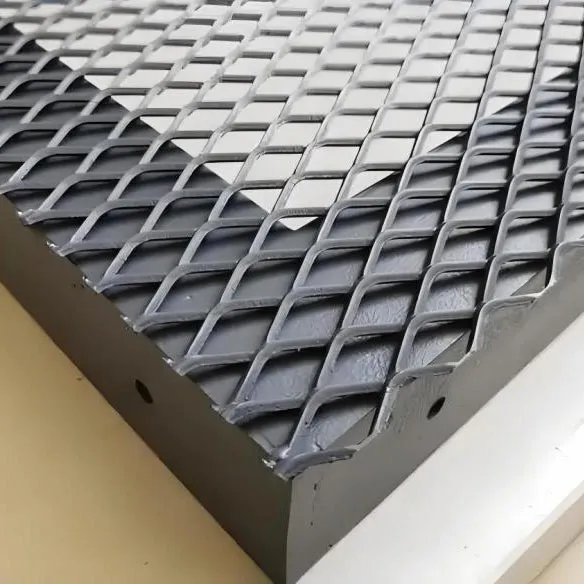
(iron mesh)
FAQS on iron mesh
Q: What is iron mesh used for?
A: Iron mesh is commonly used for security, fencing, and reinforcement purposes. It provides strength and protection in various construction and industrial applications. Its durability makes it suitable for both indoor and outdoor use.Q: How does window iron mesh improve safety?
A: Window iron mesh adds an extra layer of security to windows, preventing unauthorized access and break-ins. It also helps keep insects and debris out. Its robust construction makes it effective for both residential and commercial properties.Q: What distinguishes iron welded mesh from other types?
A: Iron welded mesh is made by welding intersecting wires at each joint, resulting in a sturdy and stable structure. This method ensures greater strength and durability compared to woven mesh. It is widely used in construction and fencing.Q: Where can welded iron mesh be installed?
A: Welded iron mesh can be installed in fences, cages, partitions, and as reinforcement in concrete. Its versatility makes it suitable for both industrial and residential projects. Installation is straightforward due to its rigid and uniform panels.Q: How should iron mesh be maintained to prevent rust?
A: To prevent rust, iron mesh should be coated with paint or galvanized. Regular inspections and touch-ups help maintain its protective layer. Keeping the mesh clean and dry also extends its service life.Post time: Jul . 04, 2025 12:36
